Are you a gnocchi fan? Our Roasted Gnocchi With Tomatoes, Basil & Arugula takes advantage of a potato-based purchased gnocchi that is low FODMAP and happens to be gluten-free, too. This recipe roasts the gnocchi in the oven after a good toss in Garlic-Infused extra-virgin olive oil. The gnocchi develop a little bit of a toothsome crust but remain tender in the middle. It is now our preferred way of preparing purchased gnocchi!
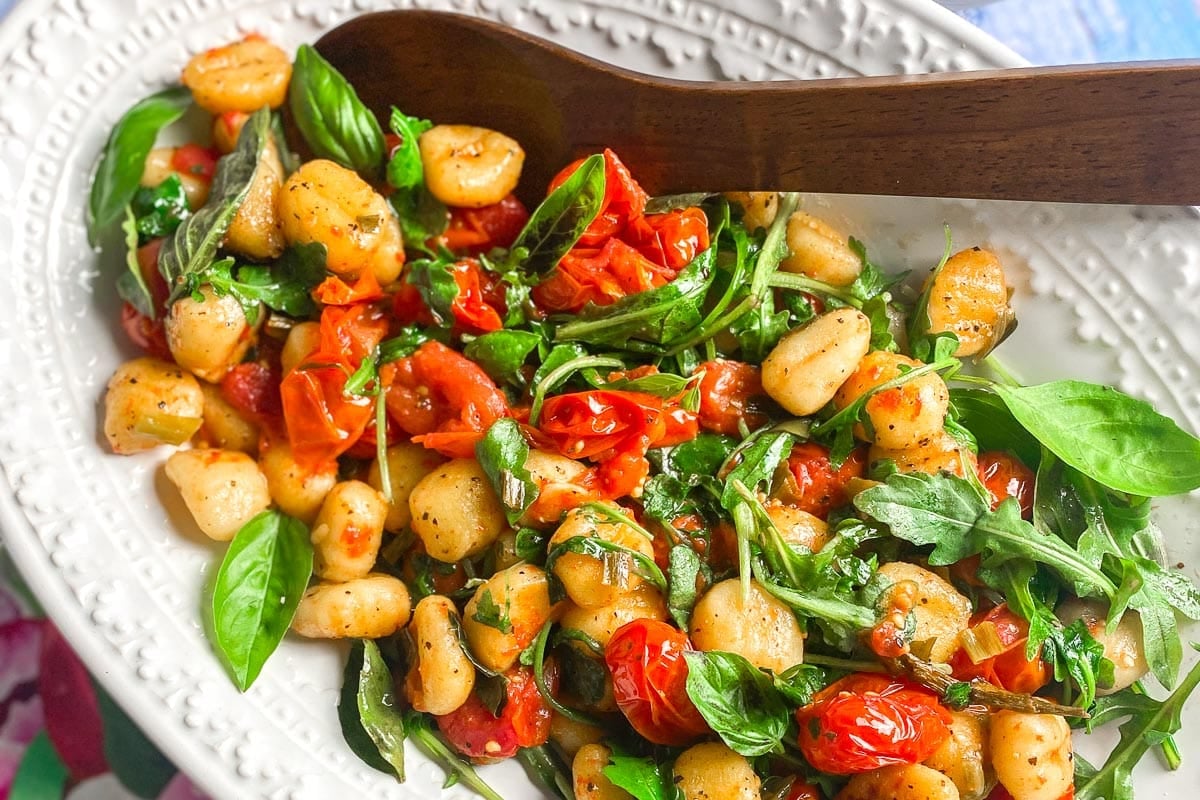
The gnocchi brand we like is Le Veneziane Gluten Free Potato Gnocchi. It is a shelf-stable product and great to have on hand for those nights when you come home and have no idea what to cook for dinner.
Made In One Pan?
You could make this in one pan. Simply add all the other ingredients on top of the roasted gnocchi and toss well. I think the dish comes out slightly better if you toss the greens separately first, but if you work it, tossing well, you can get the job done right on the sheet pan.
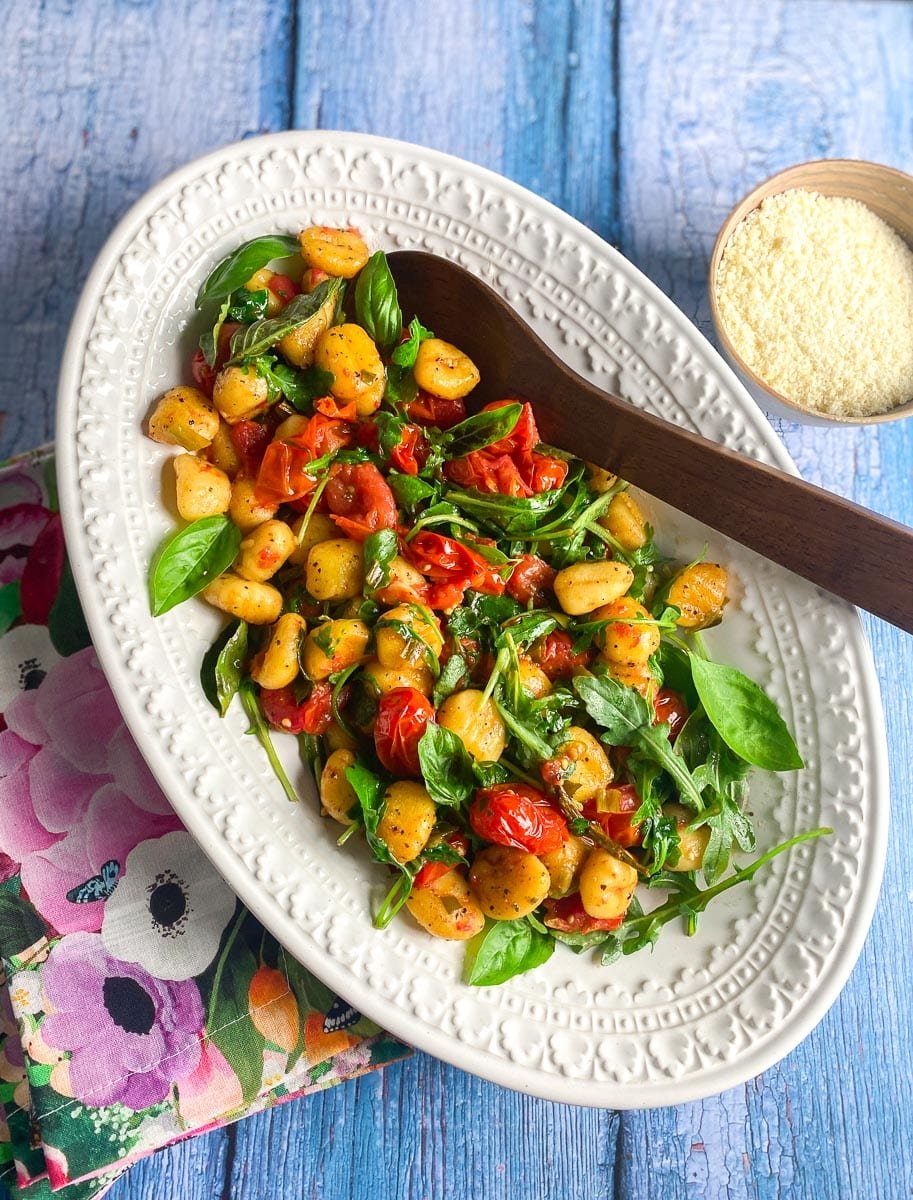
More Gnocchi
We have a recipe for from-scratch Low FODMAP Ricotta Gnocchi, so check that one out as well. It is bathed in browned butter and sage and is absolutely fantastic. That recipe does require you make Low FODMAP Ricotta first, so you will need to plan ahead. PS: It is so much easier than you probably imagine.
Frequently Asked Questions
The FODMAP in garlic is fructans. They are water soluble, but not oil soluble. This is why you can make low FODMAP garlic-infused oil. The garlic flavor is in the oil, but not the FODMAPs. It is also why you cannot cook garlic in anything with any kind of water content, fish out the garlic before eating, and expect the dish to be low FODMAP. The fructans will have leached into the food. Even butter has water content. If you stuff a chicken cavity with garlic, the flesh has water content. The only thing you can infuse with garlic is 100% pure oil. You can, however, use any kind of oil: coconut, olive, peanut, avocado, canola, sunflower, etc. All pure oils are 100% fat, and therefore contain no carbohydrates and no FODMAPs.
If you have been around the FODMAP diet community for a while, you have seen all kinds of tomatoes tested and re-tested for FODMAP content by both Monash University and FODMAP Friendly. The seemingly conflicting results can be a bit maddening. We are here to tell you not to worry. Some of us do better with tomatoes than others. Some find cooked digest better than raw, or even vice versa (not a FODMAP issue). But when it comes to FODMAPs, as much specificity as we can get is helpful and seeing that there are over 10,000 kinds of tomatoes and neither Monash University nor FODMAP Friendly have told us what varieties they lab tested…well, we look at the lab test results as a starter framework. Truly, as with any produce (fruit or vegetable), lab tests are going to show varied results every time, and Monash has publicly acknowledged that they even expect this variation. Think about it this way, the tomatoes you buy today are going to be different from the ones tested! We suggest you take a look at our article, When Monash University and FODMAP Friendly Low FODMAP Lab Test Results Differ, for more information.
We have set the serving size at 4. This means you divide the finished pasta into fourths and serve it up! We are using the most generous lab test results from FODMAP Friendly to guide the tomato amount per serving. No lab test results, small or large, are every a guarantee that you will tolerate that amount of food. Always eat to your own tolerances. Everyone’s tolerances to FODMAPs are unique – and can even vary from time to time.
A half-sheet pan is a term describing a pan with certain dimensions. It might look like a mere flat sheet pan, but they are so much more! They measure 18 by 13-inches and have a 1-inch-deep lip all the way around. They are a commercial product and made from very sturdy aluminum, which also conducts heat very well. They will never warp and can last a lifetime. Use them to make jelly-roll cakes, cookies, roast vegetables, make sheet pan dinners and more. We think they are a must-have. The “half” refers to the fact that it is half the size of a “full”, which fits into commercial ovens (which will not fit in home ovens, by the way). Stock up on half-sheet pans!
Making Low FODMAP Roasted Gnocchi With Tomatoes, Basil & Arugula
Position rack in middle of oven. Preheat oven to 425°F (220°C). Have a half-sheet pan ready to use.
Scatter the gnocchi on the pan and drizzle with 3 tablespoons of the oil; toss well to coat. Toss in tomatoes and scallion greens, then spread out in an even layer. Season with ½ teaspoon salt and with pepper to taste (we like a lot).
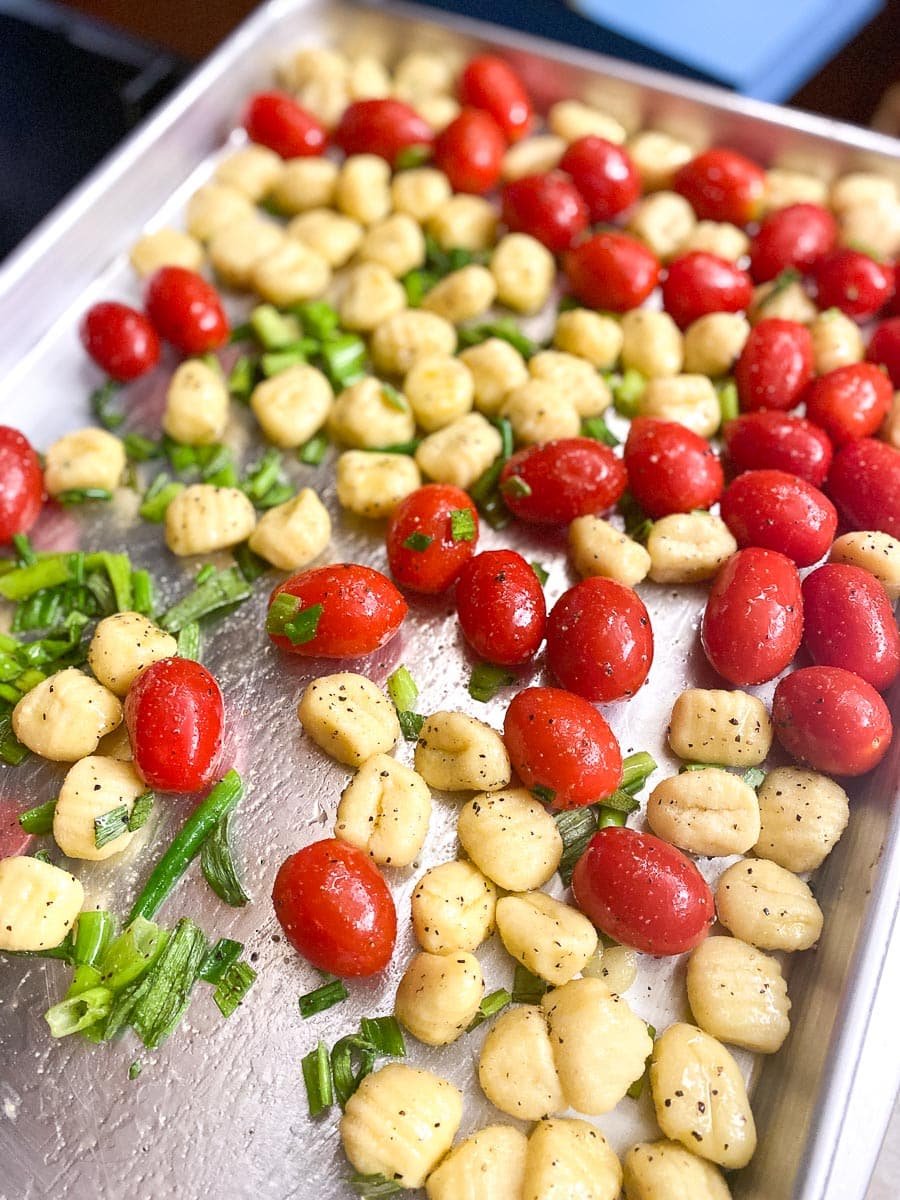
Roast for 25 to 30 minutes or until tomatoes are burst and the gnocchi has a bit of a crust (taste on to find out).
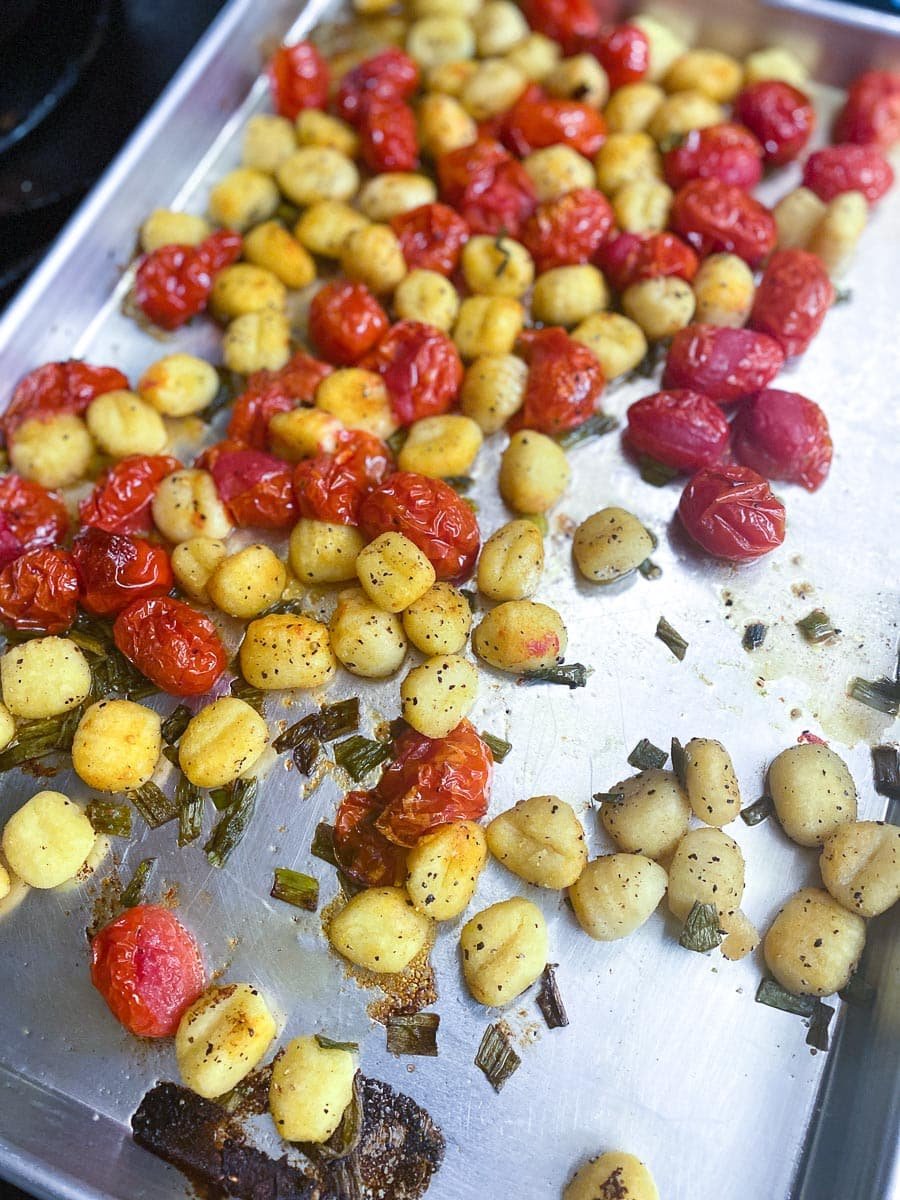
Meanwhile, place the arugula, basil, lemon juice or vinegar, remaining 1 tablespoon of Garlic-Infused Oil in a bowl, season with salt and pepper, and toss well.
Remove from oven. Scatter the greens on top of the gnocchi, with all the dressing, and toss well. Sprinkle with Parmesan cheese, if you like. Serve immediately.
FODMAP Information
All recipes are based upon Monash University & FODMAP Friendly science at time of initial publication.
- Arugula: Monash university has lab tested arugula. For many years they stated that arugula had no FODMAPs. After a 2019 smartphone app update, they changed the entry to say that arugula contains trace amounts, but still state, “east freely and according to appetite”.
- Garlic-Infused Oil: Make your own Garlic-Infused Oil or buy a commercial equivalent for the easiest way to add garlic flavor to your food. Fructans in garlic are not oil-soluble, so garlic-infused oil is low FODMAP.
- Herbs: Many fresh and dried herbs have been lab tested by both Monash University and FODMAP Friendly and are easily looked up in the apps, which we strongly suggest that you have. The additional good news is that if you are interested in an herb that has not been lab tested, you can look at the nutritional panel and assess its FODMAP load for yourself. If the “Sugars” and/or “Carbs” are 1 g or less per serving, then the item would be a good bet to try.
- Lemon Juice: Monash University has lab tested lemon juice and it is low FODMAP in ½ cup (125 g) amounts.
- Scallions: Monash University lab testing found no FODMAPs detected in scallion greens; they suggest a 75 g serving size. FODMAP Friendly has also lab tested scallions: their recommended serving size for the green parts is 16 g, with a max low FODMAP serving of 161 g. They have also tested the bulb and it is low FODMAP in 19 g portions, which is about 2 tablespoons finely chopped.
- Tomatoes: Tomatoes: Both Monash University and FODMAP Friendly have lab tested several kinds of tomatoes, numerous times. In earlier lab tests for common, beefsteak tomatoes, Monash University stated that their lab tests showed no FODMAPs. In later tests (now called just “common tomato”), the results suggest about ½ medium tomato or 65 g are low FODMAP. FODMAP Friendly gives them a “Pass” at ½ cup (75 g) portions and suggests up to 84 g are low FODMAP. Earlier lab tests by Monash for Roma (plum) tomatoes stated low FODMAP servings of 75 g, which is about 1 small tomato or ½ cup. Later tests state 48 g are low FODMAP, or about 2/3 tomato. FODMAP Friendly recommends 75 g is low FODMAP, with a serving up to 108 g being low FODMAP. For Cherry tomatoes, earlier lab tests by Monash showed that 75 g of cherry tomatoes are low FODMAP (about 5 or ½ cup); later tests say 3 tomatoes or 45 g are low FODMAP. FODMAP Friendly states that 75 g are low FODMAP, with a max serve of 750 g being low FODMAP. Yes, these results are all over the map. Tomatoes vary hugely in sugar content, even variety to variety, and neither testing body has told us what varieties they tested. Use any of these accurate lab test results as a place to begin your exploration of your relationship to FODMAPs in tomatoes.
Please always refer to the Monash University & FODMAP Friendly smartphone apps for the most up-to-date lab tested information. Foods will be retested from time to time; in the case of raw ingredients, such as fruits and vegetables, results may vary. All lab tested results are valid and represent a snapshot in time. As always, your tolerance is what counts; please eat accordingly. The ultimate goal of the low FODMAP diet is to eat as broadly as possible, without triggering symptoms, for the healthiest microbiome.
Looking for vegetarian breakfasts? Check out this article, with our favorites.
And for more plant-forward recipes in general, check out Plant Power: 31 Low FODMAP Vegan and Plant-Based Recipes.
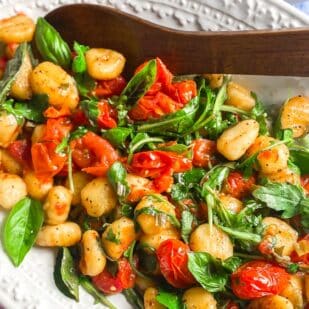
Low FODMAP Roasted Gnocchi With Tomatoes, Basil & Arugula
Are you a gnocchi fan? Our Low FODMAP Roasted Gnocchi With Tomatoes, Basil & Arugula takes advantage of a potato-based purchased gnocchi that is low FODMAP and happens to be gluten-free, too. This recipe roasts the gnocchi in the oven after a good toss in Garlic-Infused extra-virgin olive oil. The gnocchi develop a little bit of a toothsome crust but remain tender in the middle. It is now our preferred way of preparing purchased gnocchi!
Ingredients:
- 17.6- ounce (or 1-pound [455 g] package Le Veneziane Gluten Free Potato Gnocchi
- ¼ cup (60 ml) Garlic-Infused Oil, made with olive oil, divided
- 2 pints (680 g) cherry or grape tomatoes
- ½ cup (32 g) chopped scallions, green parts only
- ½ teaspoon kosher salt, plus extra
- Freshly ground black pepper
- 2 cups (40 g) arugula
- 1 cup (15 g) fresh basil leaves
- 1 tablespoon lemon juice, red wine vinegar or balsamic vinegar
- ¼ cup (25 g) grated Parmesan; optional
Preparation:
-
Position rack in middle of oven. Preheat oven to 425°F (220°C). Have a half-sheet pan ready to use.
-
Scatter the gnocchi on the pan and drizzle with 3 tablespoons of the oil; toss well to coat. Toss in tomatoes and scallion greens, then spread out in an even layer. Season with ½ teaspoon salt and with pepper to taste (we like a lot).
-
Roast for 25 to 30 minutes or until tomatoes are burst and the gnocchi has a bit of a crust (taste on to find out). Meanwhile, place the arugula, basil, lemon juice or vinegar, remaining 1 tablespoon of Garlic-Infused Oil in a bowl, season with salt and pepper, and toss well.
-
Remove from oven. Scatter the greens on top of the gnocchi, with all the dressing, and toss well. Sprinkle with Parmesan cheese, if you like. Serve immediately.
Notes:
FODMAP Information
All recipes are based upon Monash University & FODMAP Friendly science at time of initial publication.
• Arugula: Monash university has lab tested arugula. For many years they stated that arugula had no FODMAPs. After a 2019 smartphone app update, they changed the entry to say that arugula contains trace amounts, but still state, “east freely and according to appetite”.
• Garlic-Infused Oil: Make your own Garlic-Infused Oil or buy a commercial equivalent for the easiest way to add garlic flavor to your food. Fructans in garlic are not oil-soluble, so garlic-infused oil is low FODMAP.
• Herbs: Many fresh and dried herbs have been lab tested by both Monash University and FODMAP Friendly and are easily looked up in the apps, which we strongly suggest that you have. The additional good news is that if you are interested in an herb that has not been lab tested, you can look at the nutritional panel and assess its FODMAP load for yourself. If the “Sugars” and/or “Carbs” are 1 g or less per serving, then the item would be a good bet to try.
• Lemon Juice: Monash University has lab tested lemon juice and it is low FODMAP in ½ cup (125 g) amounts.
• Scallions: Monash University lab testing found no FODMAPs detected in scallion greens; they suggest a 75 g serving size. FODMAP Friendly has also lab tested scallions: their recommended serving size for the green parts is 16 g, with a max low FODMAP serving of 161 g. They have also tested the bulb and it is low FODMAP in 19 g portions, which is about 2 tablespoons finely chopped.
• Tomatoes: Tomatoes: Both Monash University and FODMAP Friendly have lab tested several kinds of tomatoes, numerous times. In earlier lab tests for common, beefsteak tomatoes, Monash University stated that their lab tests showed no FODMAPs. In later tests (now called just “common tomato”), the results suggest about ½ medium tomato or 65 g are low FODMAP. FODMAP Friendly gives them a “Pass” at ½ cup (75 g) portions and suggests up to 84 g are low FODMAP. Earlier lab tests by Monash for Roma (plum) tomatoes stated low FODMAP servings of 75 g, which is about 1 small tomato or ½ cup. Later tests state 48 g are low FODMAP, or about 2/3 tomato. FODMAP Friendly recommends 75 g is low FODMAP, with a serving up to 108 g being low FODMAP. For Cherry tomatoes, earlier lab tests by Monash showed that 75 g of cherry tomatoes are low FODMAP (about 5 or ½ cup); later tests say 3 tomatoes or 45 g are low FODMAP. FODMAP Friendly states that 75 g are low FODMAP, with a max serve of 750 g being low FODMAP. Yes, these results are all over the map. Tomatoes vary hugely in sugar content, even variety to variety, and neither testing body has told us what varieties they tested. Use any of these accurate lab test results as a place to begin your exploration of your relationship to FODMAPs in tomatoes.
Please always refer to the Monash University & FODMAP Friendly smartphone apps for the most up-to-date lab tested information. Foods will be retested from time to time; in the case of raw ingredients, such as fruits and vegetables, results may vary. All lab tested results are valid and represent a snapshot in time. As always, your tolerance is what counts; please eat accordingly. The ultimate goal of the low FODMAP diet is to eat as broadly as possible, without triggering symptoms, for the healthiest microbiome.
Nutrition
All nutritional information is based on third-party calculations and should be considered estimates. Actual nutritional content will vary with brands used, measuring methods, portion sizes and more. For a more detailed explanation, please read our article Understanding The Nutrition Panel Within Our Recipes.
36 Dishes You Didn’t Know You Could Make With Rice Noodles
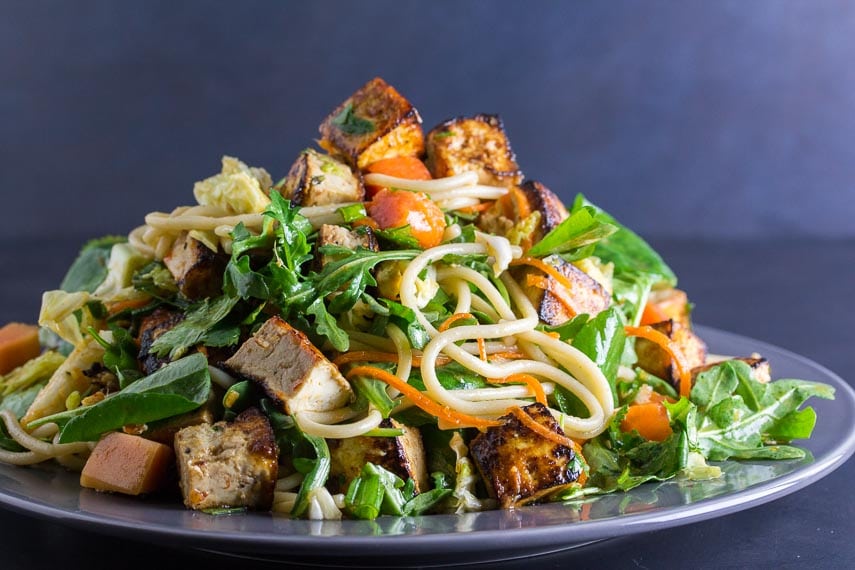
Rice noodles are naturally gluten-free, but that isn’t the only reason to cook with them. They are delicious unto themselves, come in a variety of shapes, and are the noodle of choice in so many Asian-inspired recipes. But it doesn’t stop there! There are rice-based lasagna noodles, shells, manicotti, elbows…From soups to main dishes, casseroles, salads and summer rolls, we have 36 recipes for you to get you slurping with joy. Click for 36 Dishes You Didn’t Know You Could Make With Rice Noodles
30 Quick & Easy Recipes For A Happy Gut: Low FODMAP and Flavor Packed

At FODMAP Everyday® we define “Quick” as a dish that can be on the table, ready to eat, in 30 minutes or less. “Easy” recipes have 15 minutes or less of prep time. All of these recipes are low FODMAP and free of gluten so they can be served to tender tummies too! Click for 30 Quick & Easy Recipes For A Happy Gut: Low FODMAP and Flavor Packed
Grab A Rotisserie Chicken On Your Way Home And Make Any Of These 18 Delicious Meals In Minutes
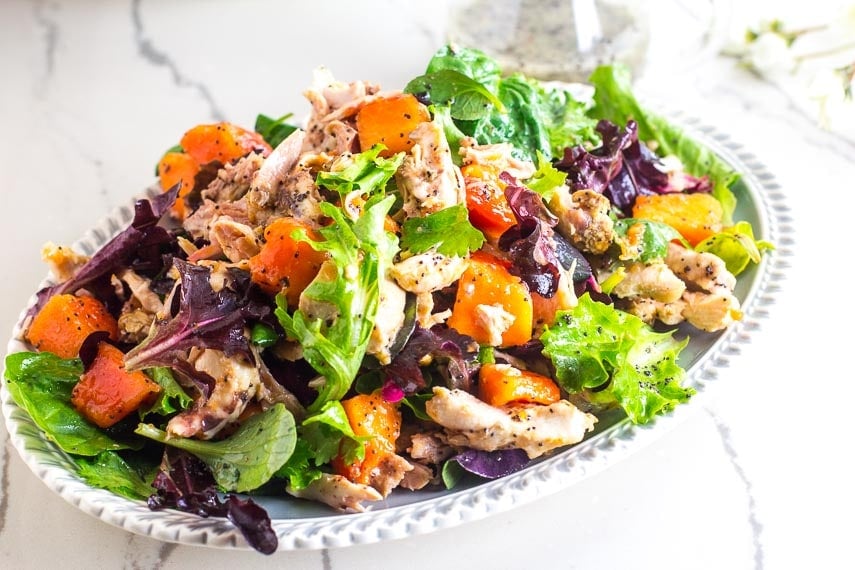
Grabbing a rotisserie chicken at the supermarket is not “cheating” by any stretch of the imagination. Having cooked chicken ready to use is a great jump-start to all sorts of creative recipes – from salads to main dishes, lunches and dinners – and is a brilliant move, in our book. Click for Grab A Rotisserie Chicken On Your Way Home And Make Any Of These 18 Delicious Meals In Minutes
Easy and Tasty: 34 Sides to Serve with Rotisserie Chicken for a Stress-Free Meal

We buy a rotisserie chicken every week – and enjoy the bounty for days. But we like to mix it up; potatoes, veggies (hot and cold), pasta – there are many ways to enjoy that chicken and to turn it into a meal. Here are our 34 community favorites. Click here for Easy and Tasty: 34 Sides to Serve with Rotisserie Chicken for a Stress-Free Meal
9 Insanely Delicious Easy Homemade Chicken Wing Recipes
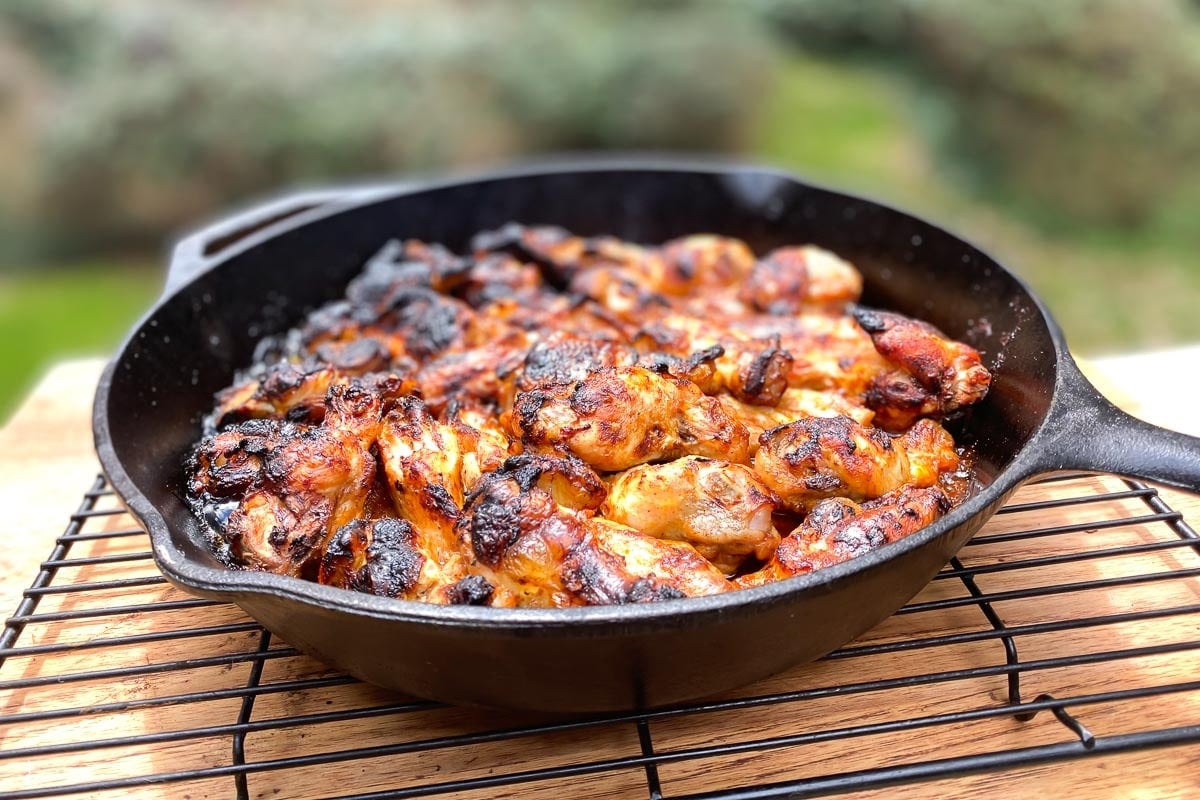
Entire restaurants build their menu around chicken wings, but we’re going to show you how to make the best chicken wings at home – and they’re easier than you think. Most of these recipes are baked, not fried, so you will not only save on calories, but also have less mess and spend less time in the kitchen. Click here for 9 Insanely Delicious Easy Homemade Chicken Wing Recipes
Looking For More Delicious Ideas?

If you have been diagnosed with IBS and are following a Low FODMAP diet, we have 1000+ Gluten Free & Low FODMAP Recipes to help you live deliciously and symptom free!
And Don’t Miss These Articles If You Have IBS
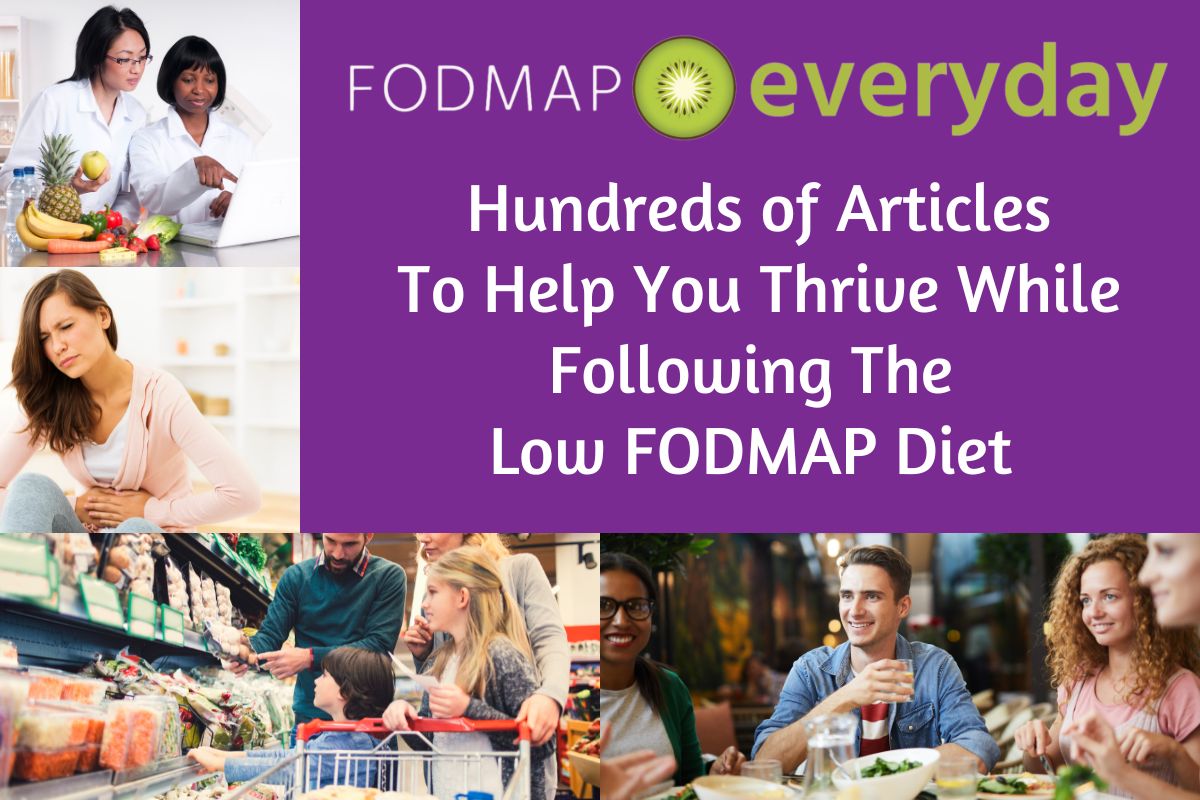
Our team of low FODMAP and IBS trained dietitians and healthcare experts have written 100’s of Wellness Articles to help you THRIVE.
And Be Sure To Visit Our Shop!
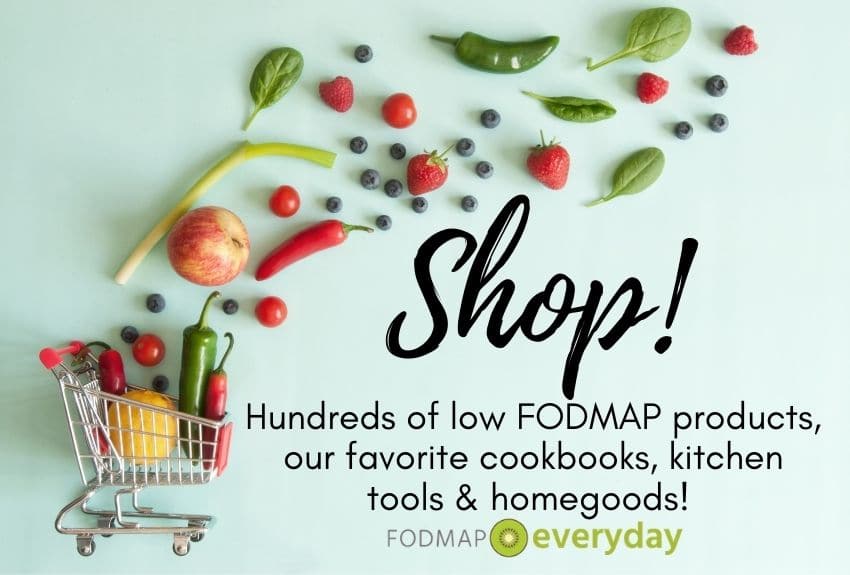
We have curated hundreds products to help you live your best life all in Our Shop!
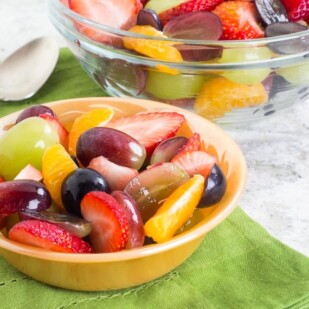
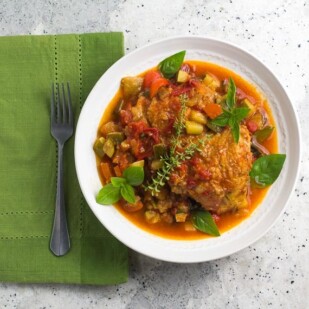
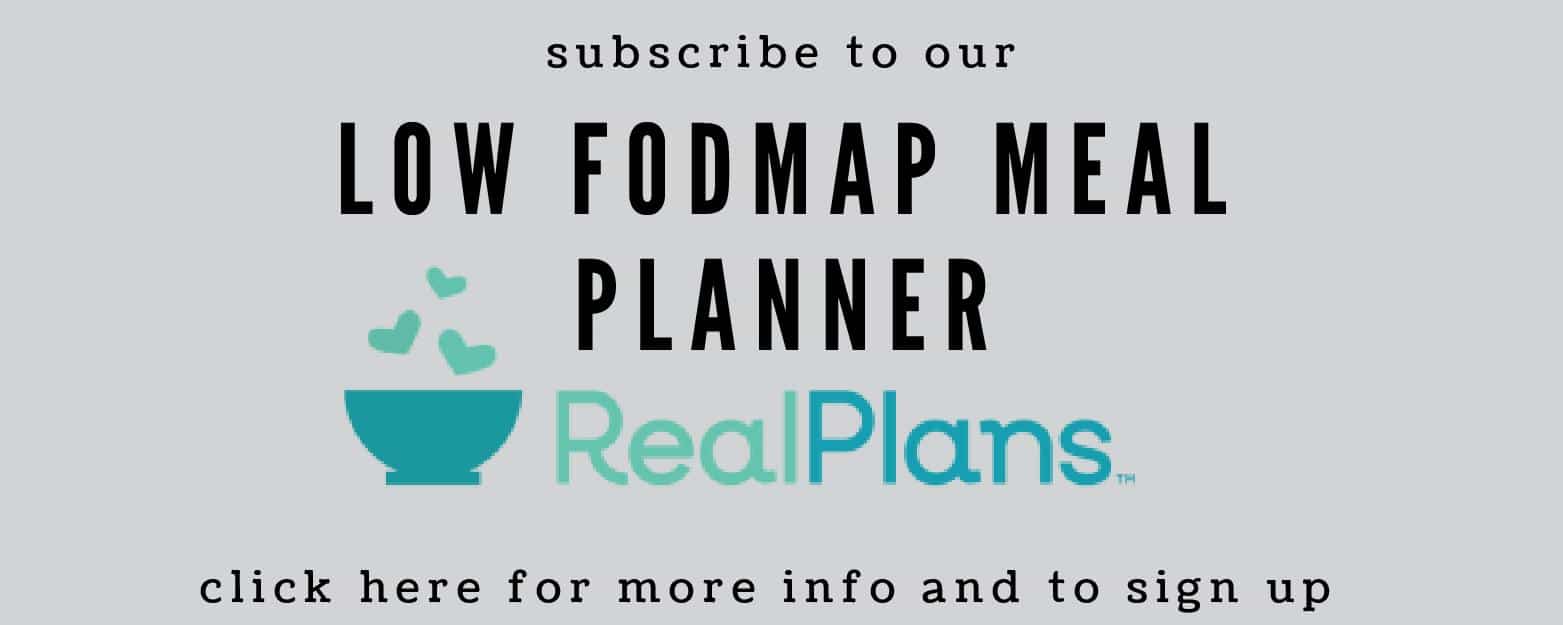




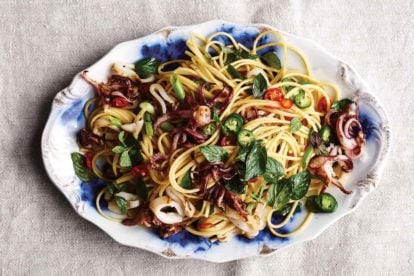
This was yummy and easy for a week-night dinner. I usually just use regular gnocchi and not gluten-free since gnocchi is mostly potatoes there doesn’t seem to be enough wheat in it to bother me. I made this otherwise exactly as written and will right again. I love roasting gnocchi.
Isn’t it great? And so easy. Glad you liked it.
This is so good! I’d never prepared gnocchi in this manner before; it does provide a nice texture! I used lemon juice, which added such a nice bright finish. Definite keeper.
!!! I totally agree. I never boil mine anymore. Our family far prefers this approach.